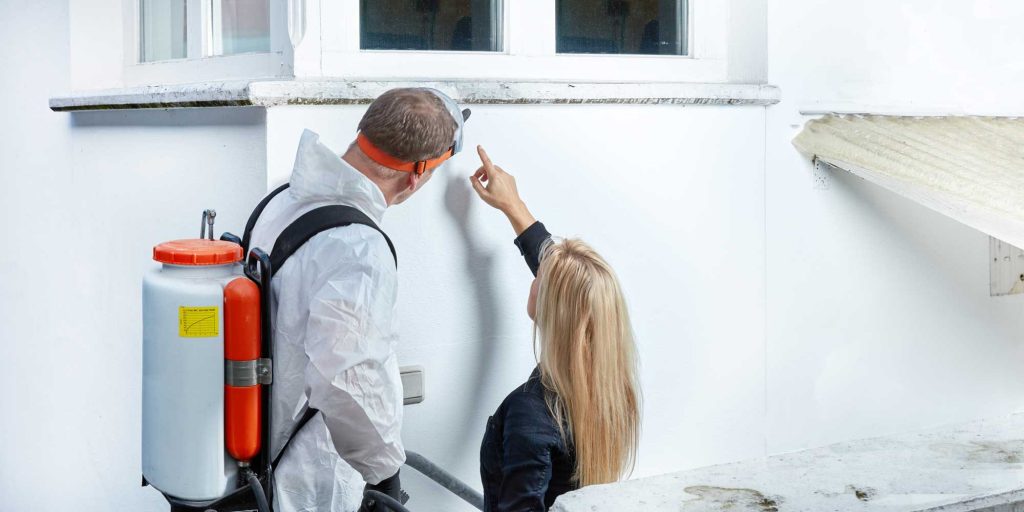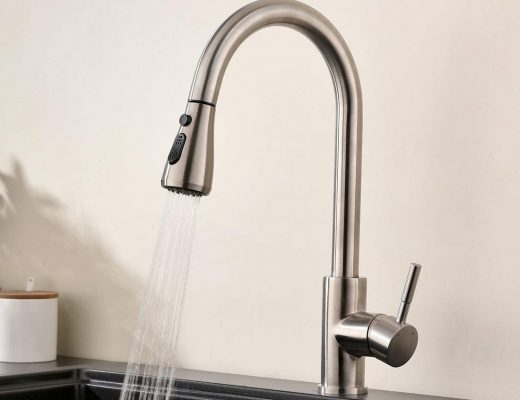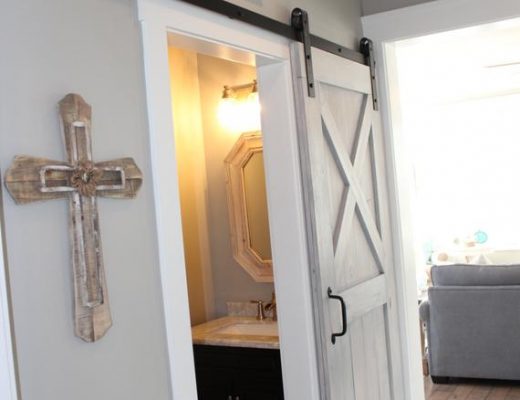There are various ways we test mold for toxicity. The methods we use to test mold normally depends on the situation, the type of microbial growth observed, the location, what you (the client) has approved us to do and the accessibility of the sample.
When we ship a mold sample to a lab for analysis, we will get your’ approval first, as lab fees can exceed $120 per sample. You will receive a copy of all paid for, lab reports. Generally, during the phone consultation we will discuss your problem(s) and agree on the services to be performed prior to our arrival. If there are additional areas of concern, we will note that at the time of services. Mold Microbial Sample Data Whenever we take any sample, we always record the type of sampling such as air, swab, tape, or bulk, and record the location that the sample was taken from. Usually digital photos are taken of the location being tested and included in your report (if a report is requested). This may become important later for remediation purposes. We will also a record of the relative humidity, wind speed, temperature(s), lab codes, volume, and cassette type used for the sample, when applicable. Tape sampling
We use tape sampling as an ideal method for evaluating visual microbial growth on surfaces. Clear cellophane tape is pressed onto the sample area to lift the spores and organic mold materials. The tape sample is then placed inside a sterile container such as a plastic laboratory bag and mailed to a lab for microscopic analysis.
Tape sampling preserves the structure of the sample (conidiophores & hyphae) which can be helpful in the identification of the varieties of mold. Bulk sampling We use bulk sampling as another good method of collecting samples for laboratory analysis. Bulk sampling involves collecting an actual physical sample of the microbial growth in question.
Bulk samples will be obtained (with your/the owner’s permission only) by scraping sample material into a plastic bag. In more extreme cases, it may be necessary or beneficial to remove some of the material affected by microbial growth (with your or the owner’s written approval only) and submit the sample to the lab for analysis. . This may include a piece of fabric, a section of carpet, or building material. Since a mold inspection is meant to be non-destructive, we will obtain your’ written permission before any destructive sampling is performed. If you are not the owner of the building, it will be your responsibility to obtain the owner’s permission for destructive testing prior to the inspection/testing. Sometimes this will involve scheduling an additional inspection/testing, until permission can be obtained. For this reason, bulk sampling is not always the method of choice for sample collection. Swab sampling We use swab samples to identify microbial growths not easily accessible for a proper tape sample (discussed above). Swab sampling involves wiping a sterile laboratory swab across the microbial growth in question.
Once the swab has come into contact with the sample, it is put into a sealed, sterile laboratory container for microscopic evaluation at the lab. Swab samples can be examined in two ways: Direct examination – The lab can lift particles from the swab using tape or other materials to make a direct particle examination similar to tape sampling (above). .
Culturing-the lab rolls the swab across the culture plate to culture the sample for identification. Air sampling We use air samples using a high volume, calibrated air pump to collect a measured volume of an air (usually 25 m³). An identical air sample is collected outside the house to use as a comparative test.
Particles in the air are collected inside a specially designed spore trap cassette that accumulates mold spores and other particles as air is pumped through the devices air path. A typical indoor test is performed near the HVAC return duct for a period of five minutes with our 5 L per minute air pomp. The same duration sample is taken outside the house. Air sampling is not always the most reliable method of detection because the air sample in the test environment may not reflect the house as a whole due to some environmental factors that we will take into account while performing your mold inspection (if contracted for).
Air sampling will be performed only with your (the client) consent. We will usually recommend taking a physical sample(s) of visible mold using swabs, tape or bulk methods if possible, to give additional support to the air samples. Vacuum sampling
We use vacuum sampling as a type of an air sampling used to extract a mold sample from a fibrous material such as carpet. This involves connecting a special collection canister to a vacuum pump which draws particles onto a filter surface or into a special collection container.
Vacuum samples can be useful for collecting samples from soft material such as carpet, clothing, drapery, or furniture.
Vacuum sampling is used to get a general idea of overall mold contamination in an environment but is not very useful to identify the specific species of mold since usually more than one species is collected per sample. Vacuum sampling is most commonly used to evaluate remediation – i.e. mold removal work cleaning efforts. For more information, you can also check the services offered by www.mold-shark.com.





